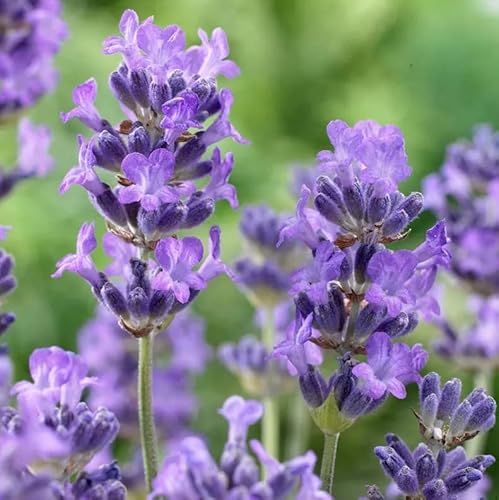5 tick-repellent ground covers – a natural solution that’s fragrant and pretty for you, but repulsive to harmful pests
Plant these low-maintenance ground covers to help deter ticks naturally
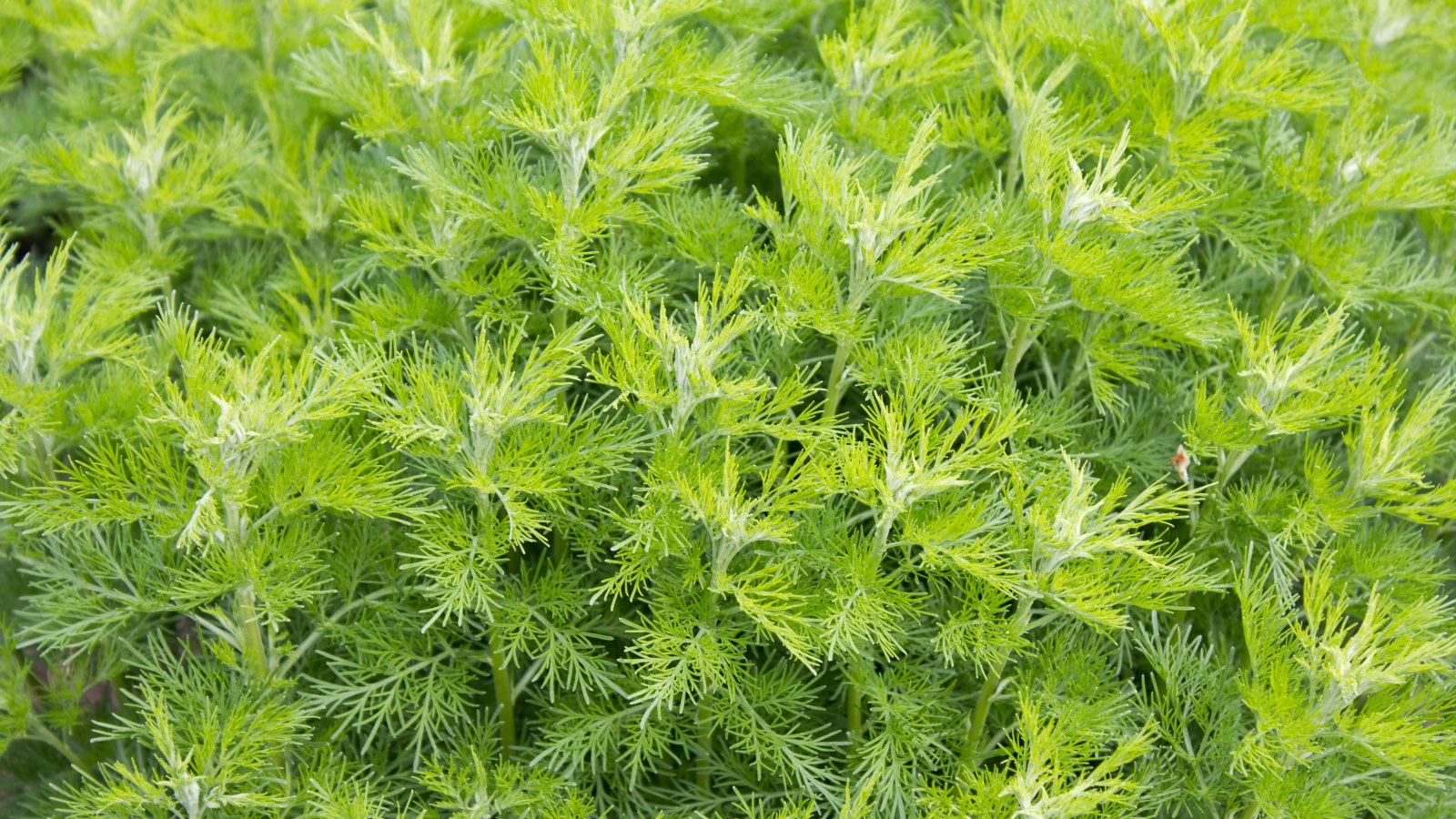

Ticks are problematic, bloodsucking pests that may or may not be a concern for you depending on where you live. They lurk, hide, creep and crawl in long grass and wild areas with dense vegetation, such as in meadows and woodlands. While an itchy bite is less than ideal during summer, the problem is that these pests carry harmful bacteria, including Lyme disease.
More and more of us are seeking natural planting solutions instead of dousing yards in harmful chemicals. One option, then, is using tick-repellent ground covers that are known to contain compounds that prove unattractive to pests. For example, wormwood, or Artemisia absinthium, as seen in the image above, is a beautiful silver-leaved species, but contains a bitter compound that's unappealing to both ticks and their hosts, namely mice and deer.
Of course, using plants to repel ticks is not a guaranteed solution. In my experience, ticks, mosquitoes and other irritating pests will always find a way. But, by incorporating one, two or all of these best ground cover plants that are known to repel ticks, you can help to reduce the risk, particularly when used around your backyard pathways and patio areas. Here are five tick-repellent plants that I have grown before, with tips I have picked up during my career as a professional gardener.
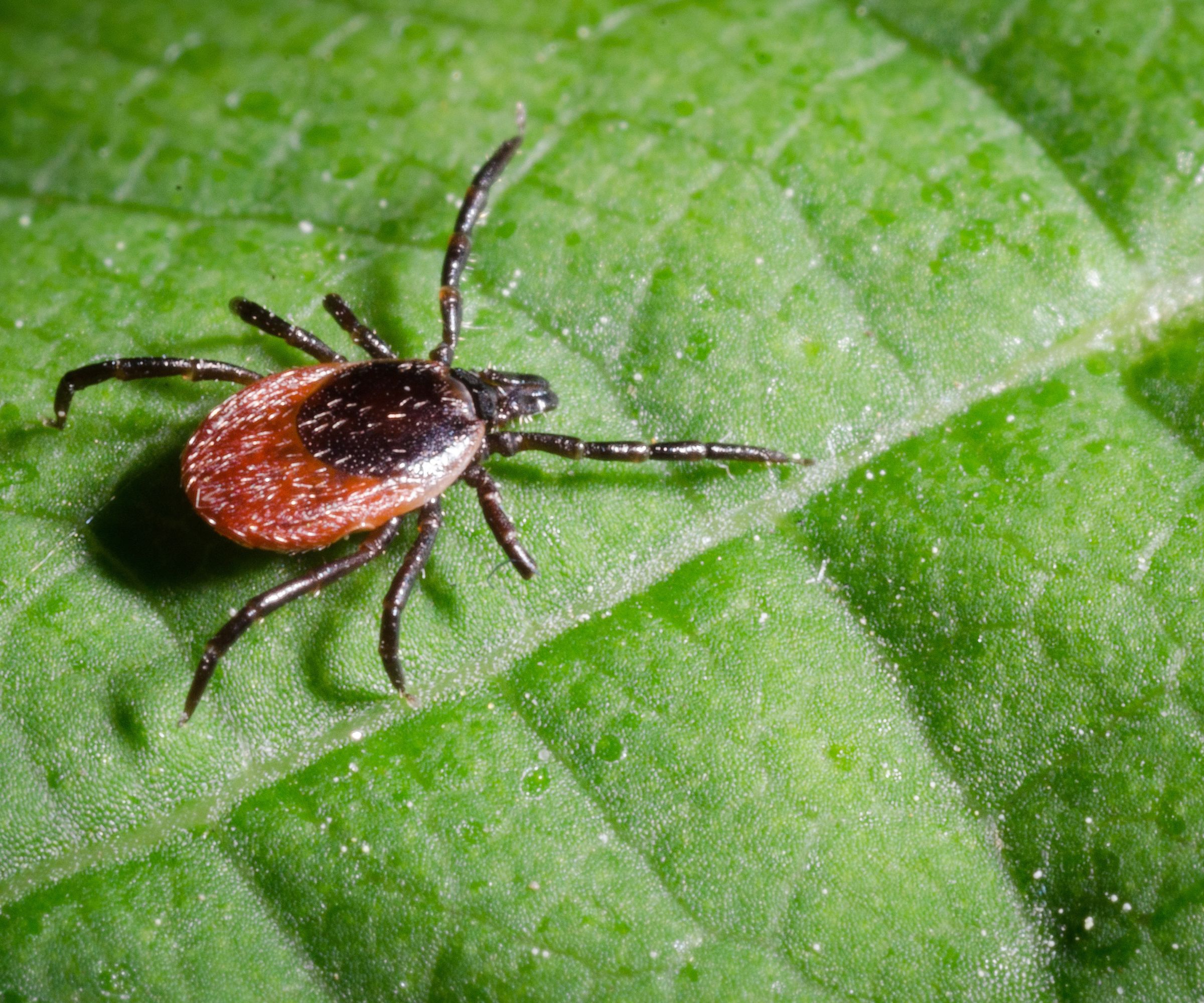
5 tick-repellent ground covers
It is estimated that more than 500,000 new cases of Lyme and other tick-borne diseases are contracted each year in the US, and rising.
For this reason, learning how to repel ticks in your yard is important, and anything you can do to keep pests at bay (without using chemicals) is a good idea.
Here are five tick-repellent ground covers that can help, with advice on planting and aftercare that I have picked up during my time working in public and private gardens across Europe.
1. Wormwood
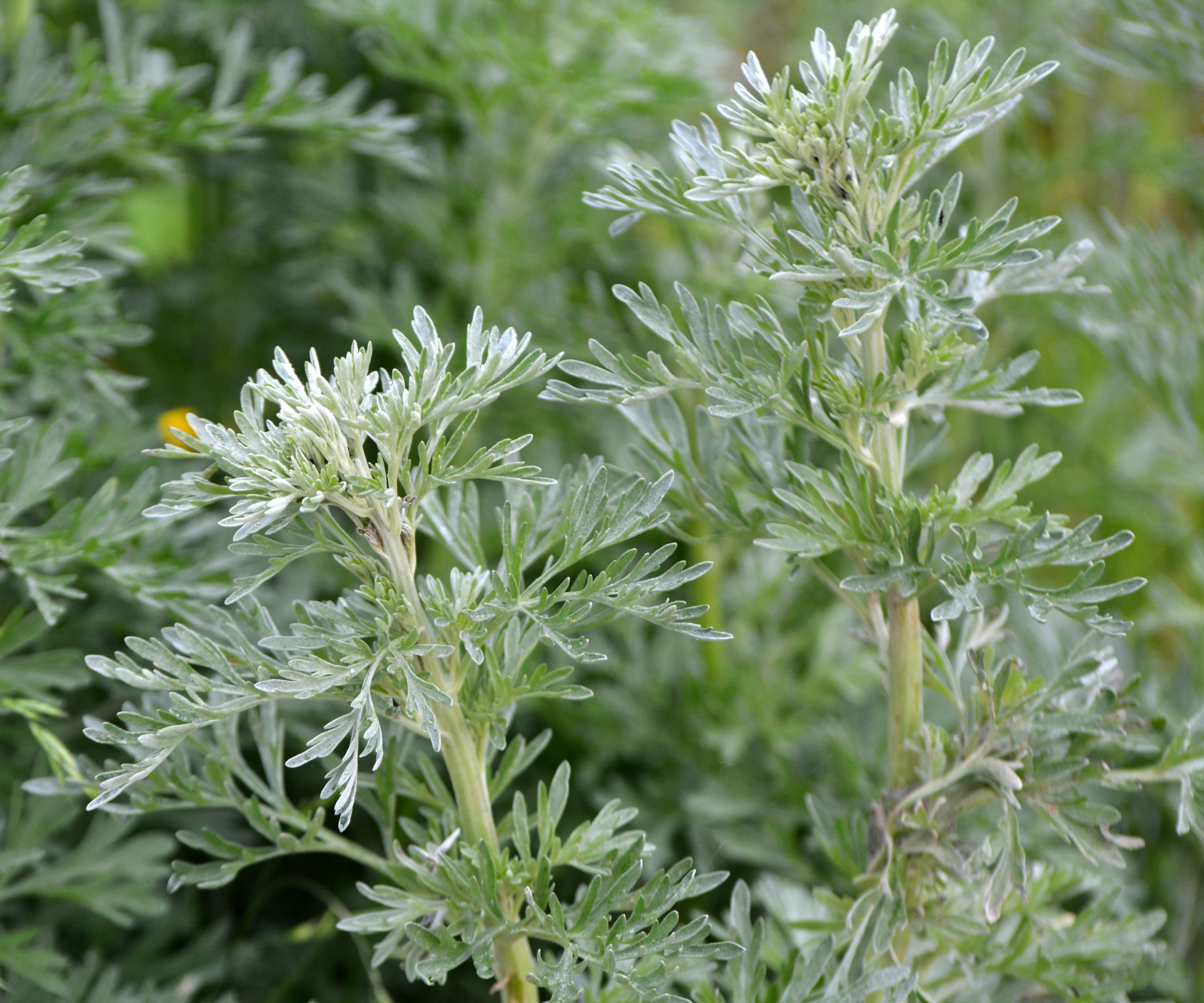
Wormwood, or Artemisia, is one of the best plants with silver foliage, but more than simply looking good, this shrub contains chemical compounds that are known to repel ticks.
Design expertise in your inbox – from inspiring decorating ideas and beautiful celebrity homes to practical gardening advice and shopping round-ups.
Scientific papers have long shown that absinthin, a bitter compound found in wormwood, can help to repel ticks and mosquitoes, plus it is even considered one of the best wasp-repellent plants.
Wormwood grows no taller than three or four feet, doing best in sunny spots from US hardiness zone 4 to zone 9. As a Mediterranean garden plant, wormwood prefers well-draining soil, so it is best to avoid soggy or damp borders.
I have grown wormwood on several occasions, most recently in Tuscany, where I found it to be one of the best heat-resistant ground cover plants, ideal for sunny yards that host large populations of ticks.
Live wormwood starter plants can be ordered now via Amazon.
2. Catmint
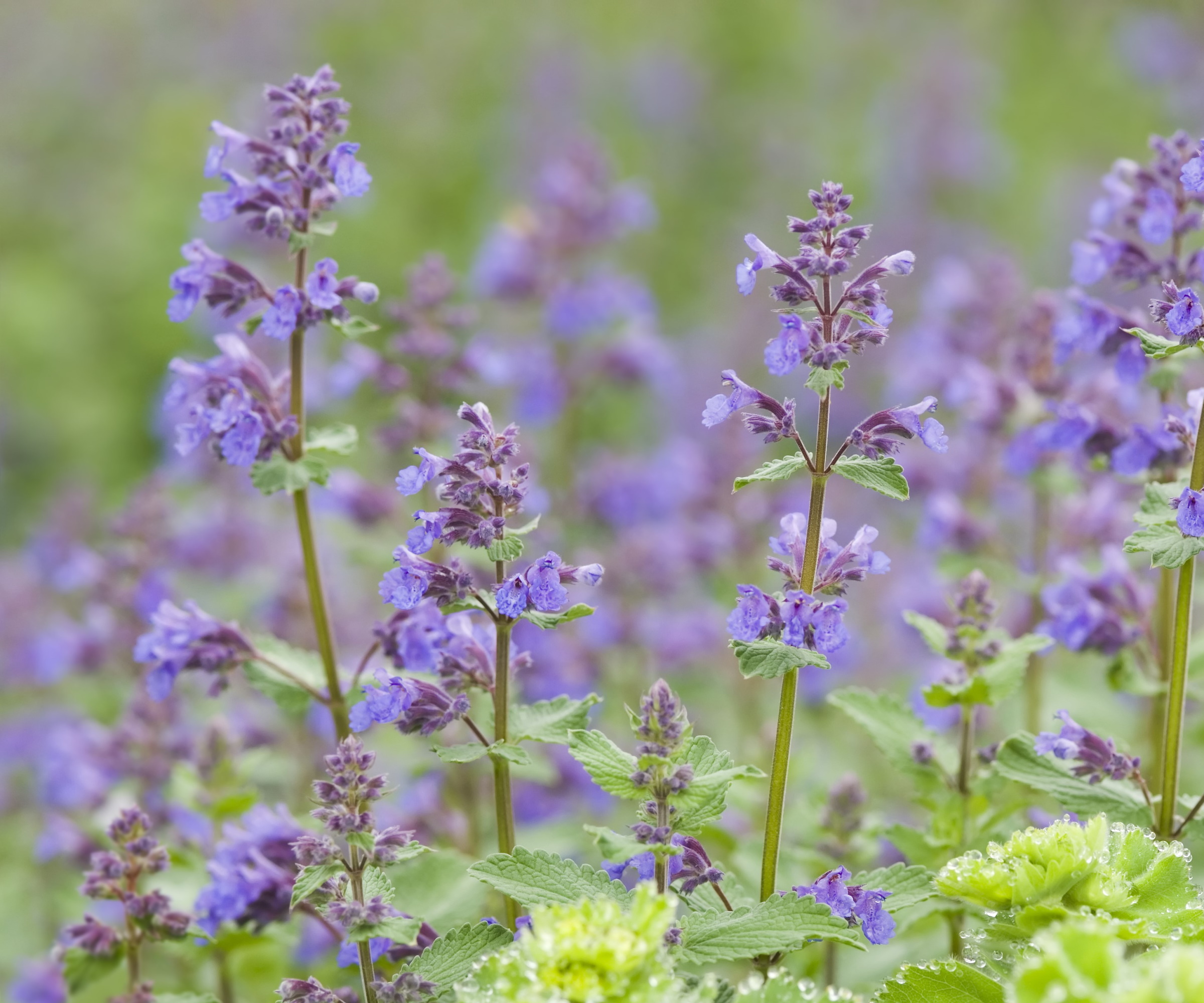
I have been a fan of catmint as a long-flowering perennial for many years, valuing it as one of the best plants that flower twice, which is a nice perk.
And, not only does this flowering ground cover plant look (and smell) amazing, but catmint, or Nepeta cataria, contains nepetalactone, a compound that is known to be a highly effective natural tick repellent.
Learning how to grow catmint is relatively straightforward, and this perennial that thrives on neglect can be planted down to zone 3, ideally in sunny spots and free-draining soil.
Plant them in groups near patio areas, deadheading and chopping back through the summer to enjoy a second flush during the growing season.
Live catmint plants can be ordered now via Walmart.
3. Creeping thyme
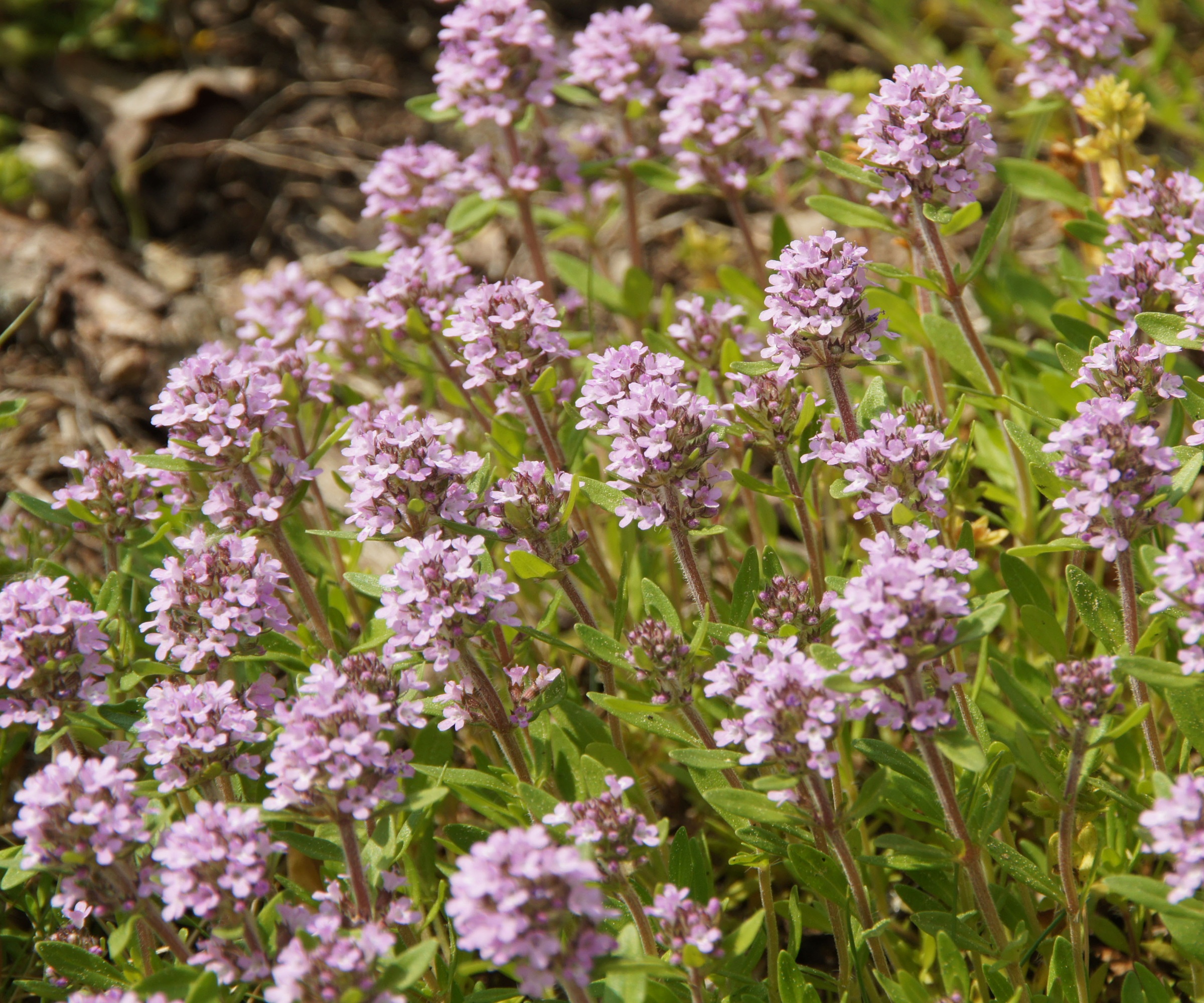
One of the best pet-friendly ground cover plants, creeping thyme, or Thymus serphyllum, is another good option for those gardeners struggling with backyard ticks.
Thyme contains chemical compounds thymol and carvacrol, which are known to repel ticks and other irritating pests. So, adding this underrated plant to your yard, particularly if you are seeking species for no-grass backyard ideas, is sensible.
In my experience, you can't walk over creeping thyme, so it is not a good idea if you are looking for a lawn alternative for high traffic areas.
I would suggest positioning wild, long grass areas to the back of your plot away from where you entertain and walk, opting instead for a creeping thyme lawn near to seating areas or paths.
Creeping thyme can be grown from zone 4 to zone 9, ideally in a sunny spot. In southern regions, afternoon shade will help to protect your thyme lawn, whereas in cooler regions, full sun is best. In very hot and dry summers, your thyme will benefit from occasional watering.
Live creeping thyme plants can be ordered from Amazon.
4. Santolina
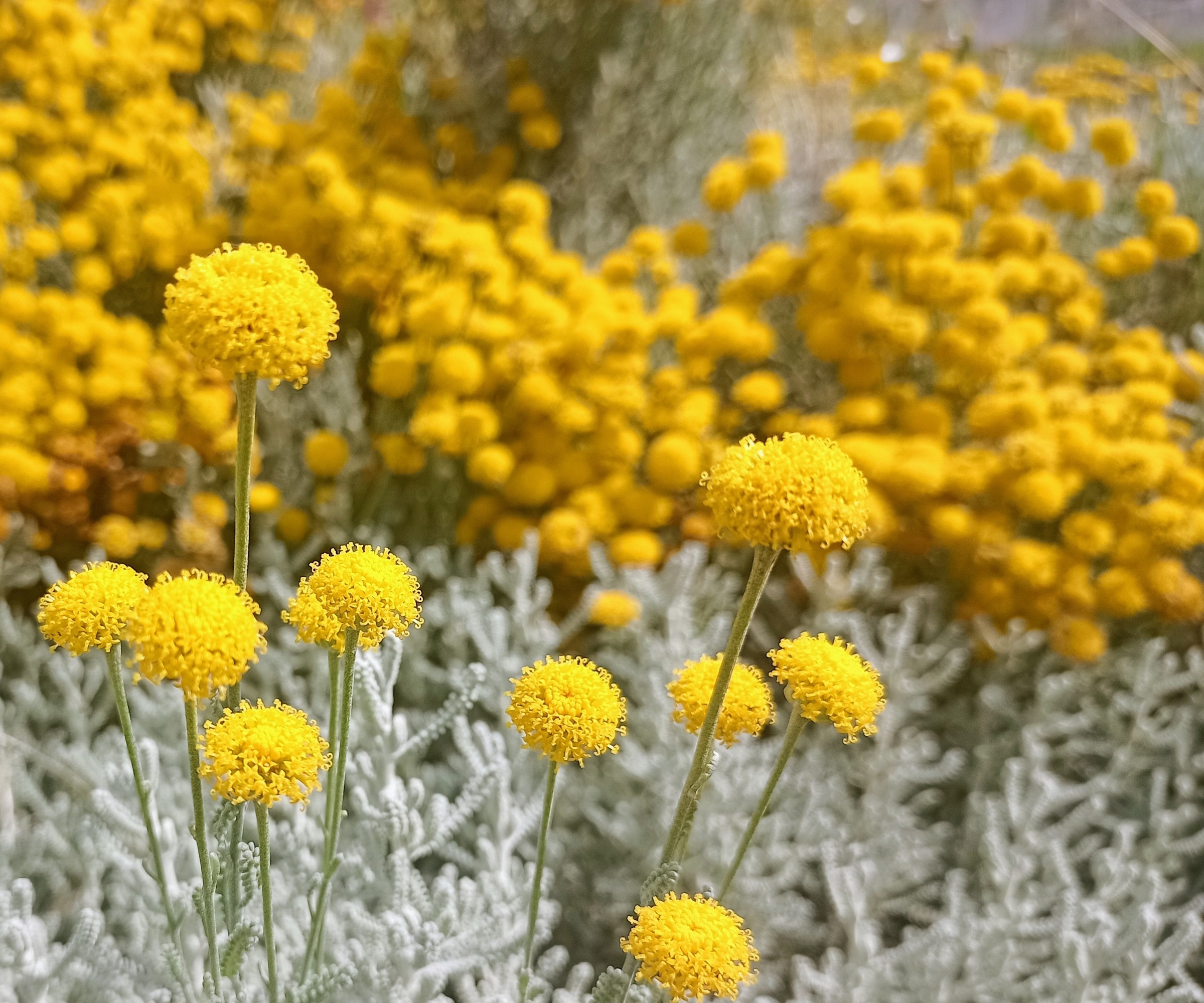
Santolina, or cotton lavender, is another aromatic herb that I adore. The foliage contains a pungent (but pleasing) scent that repels a number of insects, including ticks and fleas.
One of the best drought-tolerant flowering perennials, Santolina can be grown from zone 6 plus, ideally in a full sun position with free-draining soil.
I have grown it myself on two occasions, once in a gravel garden and once in free-draining soil, and found it to be tough and reliable, requiring no supplemental water or feed once established.
During summer, the silver foliage is complemented by yellow blooms, as you can see above, which will add a pop of long-lasting color to borders through July and August.
Live Santolina starter plants can be ordered via Amazon.
5. Lavender
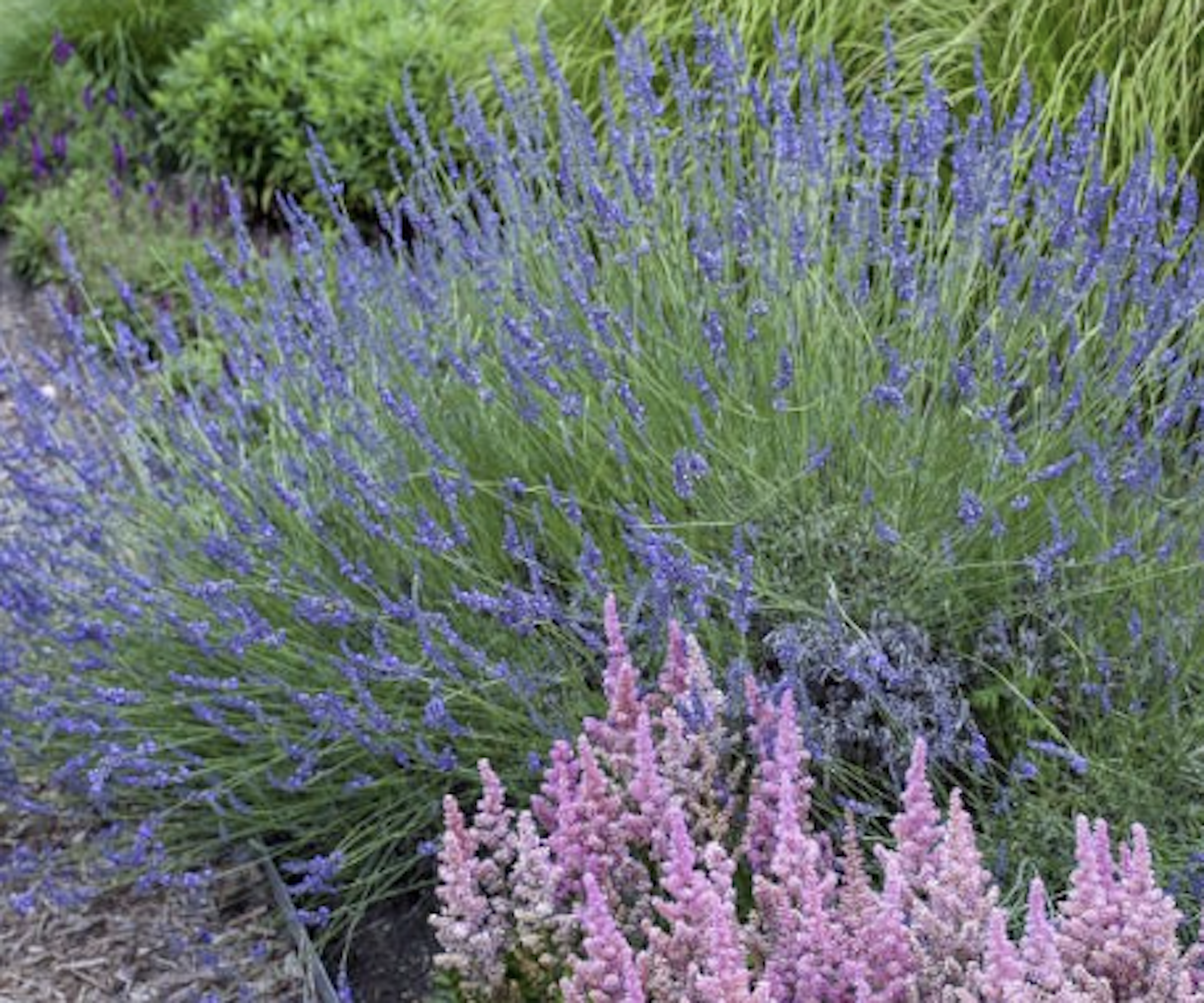
Lavender might smell wonderful to us, but it is detestable to ticks, making this fragrant herb a useful plant to grow in regions with high pest populations.
There are many lavender varieties to try, including French lavender, Lavendula stoechas, or English lavender, Lavandula angustifolia, both of which offer remarkable floral scent when grown in the border or pots.
In general, when learning how to grow lavender, this herb thrives in sunny spots and free-draining soil down to zone 5.
Lavender is also considered one of the easiest ground cover plants to grow. I have even grown it in poor soils with high gravel and rock content, and it has done just fine, so even if you think your yard is of low fertility, you can still give it a try.
Live lavender plants can be ordered now from Walmart.
FAQs
Is garlic good for repelling ticks?
Learning how to grow garlic is a good idea if you want to repel ticks and other pests. Research has shown that many garlic plants contain key compounds that will repel ticks and mosquitoes. For example, society garlic, or Tulbaghia violacea, is a good option for keeping ticks at bay, as it produces a strong aroma that ticks hate (and so do other pests, including deer). Live society garlic plants can be ordered now via Nature Hills.
Whatever ground covers you decide to grow, just be sure to complete some deep watering during the first few months, to give your plants the best chance of success.
For more information, see our guide on best snake-repellent plants, to keep garter snakes, rat snakes and corn snakes out of your yard this year.
Shop garden accessories

Thomas is a Content Editor within the Gardens Team at Homes and Gardens. He has worked as a professional gardener for both public spaces and private estates, specializing in productive gardening, growing food and flowers. Trained in Horticulture at the Garden Museum, he has written on gardening and garden history for various publications, including The English Garden, Gardens Illustrated, Hortus, The London Gardener and Bloom. He has co-authored a Lonely Planet travel book, The Tree Atlas, due out in 2024.

